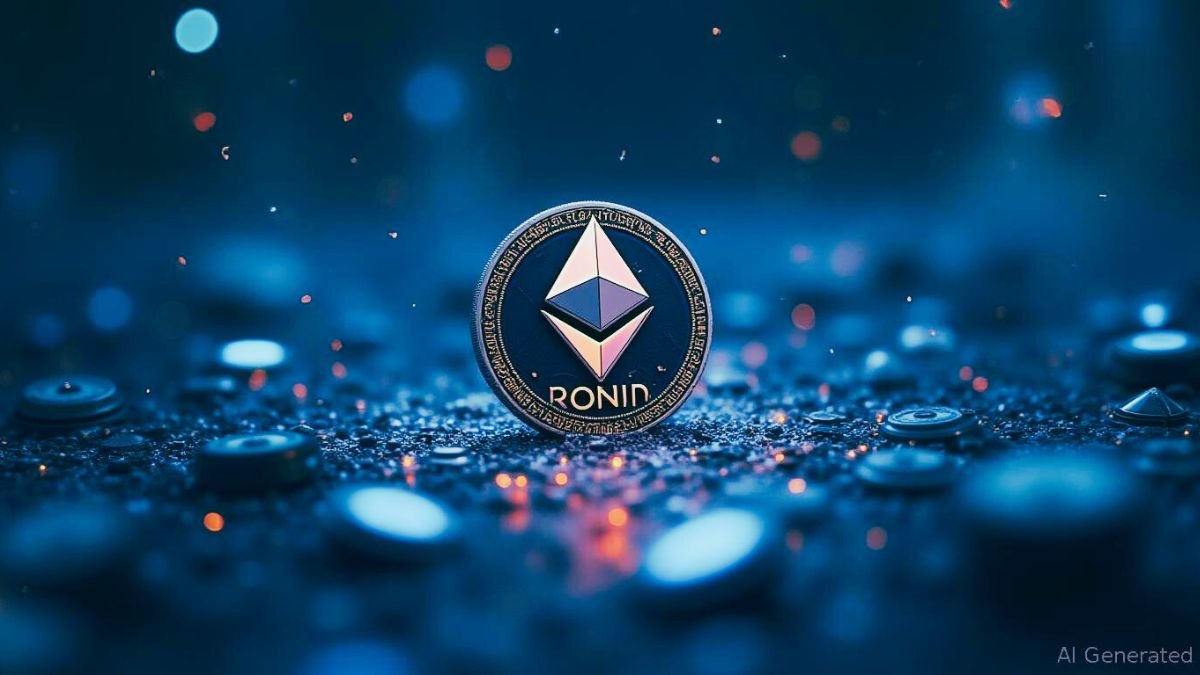
Ronin, the purpose-built blockchain for gaming, has announced a landmark decision to migrate back to the Ethereum ecosystem. The network, which originally launched as a standalone Layer-1 chain to support the hit Web3 game Axie Infinity, will transition into an Ethereum Layer-2 (L2), expanding its scope from GameFi to become a general-purpose chain for a wide range of applications.
The full migration is targeted for the second quarter of 2026. This strategic move marks a full-circle journey for Ronin, which spun off from the Ethereum mainnet in 2021 in a search for the faster speeds and lower transaction fees essential for a high-volume game like Axie Infinity.
In a statement, the Ronin team highlighted the dramatic improvements in the Ethereum network as a primary catalyst for their return.
“Things are different now. Ethereum is back,” the team wrote. “Transaction costs and speeds are better than ever. We are early to a new era of growth, and Ronin is ready to rise.”
Following the Capital: Why Ethereum is Winning Over Wall Street
Beyond technical upgrades, a major driver behind Ronin’s decision is the undeniable surge of institutional interest and capital flowing into the Ethereum ecosystem. The Ronin team explicitly stated that “Ethereum is winning the war for Wall Street’s attention and capital,” citing this trend as a core reason for reintegrating with the network.
This institutional push is not just speculation. In January, Etherealize, a marketing company backed by the Ethereum Foundation, launched with the specific goal of pitching the network to Wall Street investors. This has been followed by the emergence of several publicly traded “Ether treasury companies”—businesses that accumulate Ether (ETH) on their balance sheets, signaling long-term confidence in the asset.
Matt Hougan, Chief Investment Officer at Bitwise, explained the appeal for traditional financial investors. He told Cointelegraph that putting ETH into an “equity wrapper” that accrues yield through staking provides a familiar and comfortable investment vehicle. This structure makes it easier for institutional players to gain exposure to the leading smart contract platform.
The Backbone of a New Financial System
The growing institutional confidence is rooted in the belief that Ethereum is poised to become the foundational layer for a new, decentralized financial system. Proponents envision the network acting as the backbone for:
Decentralized Finance (DeFi): Offering services like lending, borrowing, and trading without traditional intermediaries.
Real-World Asset (RWA) Tokenization: Bringing assets like real estate, stocks, and bonds onto the blockchain.
Stablecoin Settlement: Providing a secure and efficient rail for a multi-trillion dollar market.
Recent regulatory developments in the United States could further accelerate this trend. According to analysts, the newly passed GENIUS bill, which prohibits yield-bearing stablecoins, may inadvertently drive investors towards Ethereum’s DeFi ecosystem. To earn passive income, investors may look to staking ETH or participating in lending activities on the network, boosting its liquidity and utility.
A New Era for Ronin and Web3 Gaming
By becoming an Ethereum Layer-2, Ronin aims to leverage the best of both worlds: the security, liquidity, and growing institutional trust of Ethereum, combined with its own specialized, high-performance environment. This move signals not only a significant evolution for Ronin but also a broader maturation of the Web3 space, where scalability solutions are enabling projects to build on Ethereum’s robust foundation without compromising on user experience.
As Ronin prepares for this new chapter, its transition from a niche gaming chain to a general-purpose L2 represents a powerful vote of confidence in Ethereum’s future as the dominant settlement layer for the next generation of the internet.





